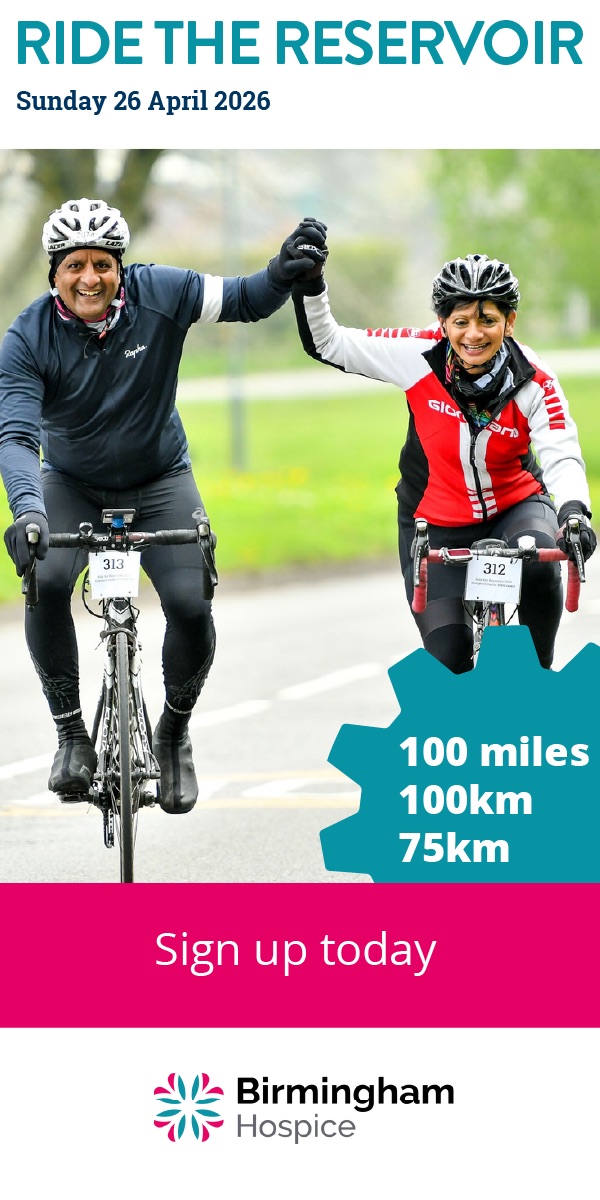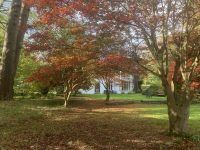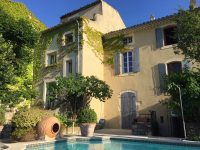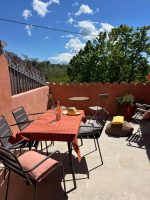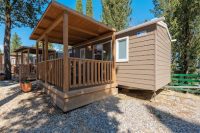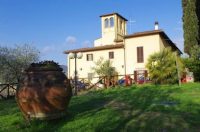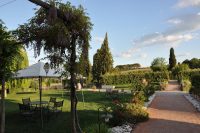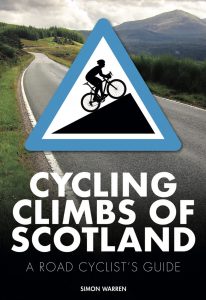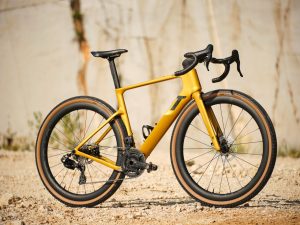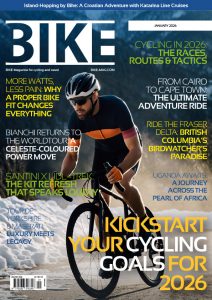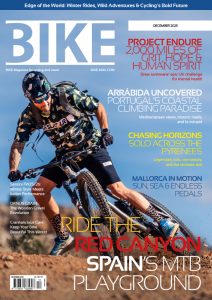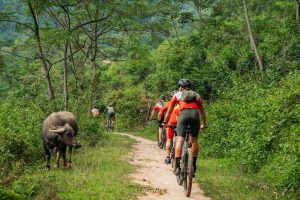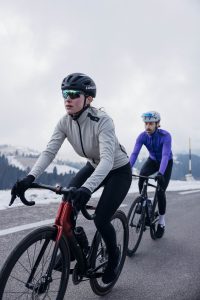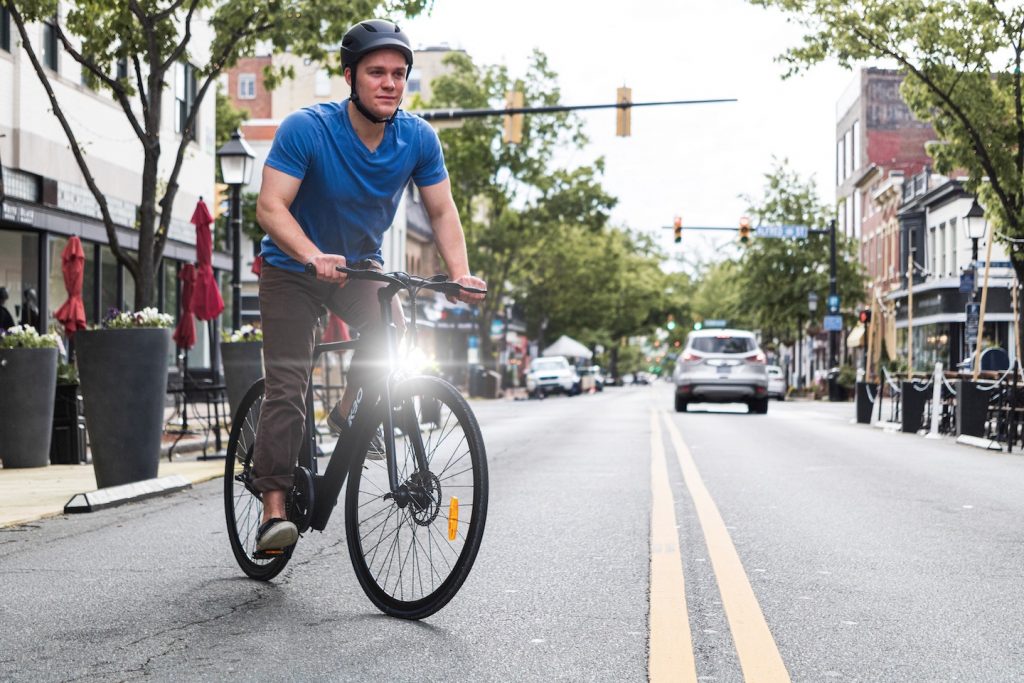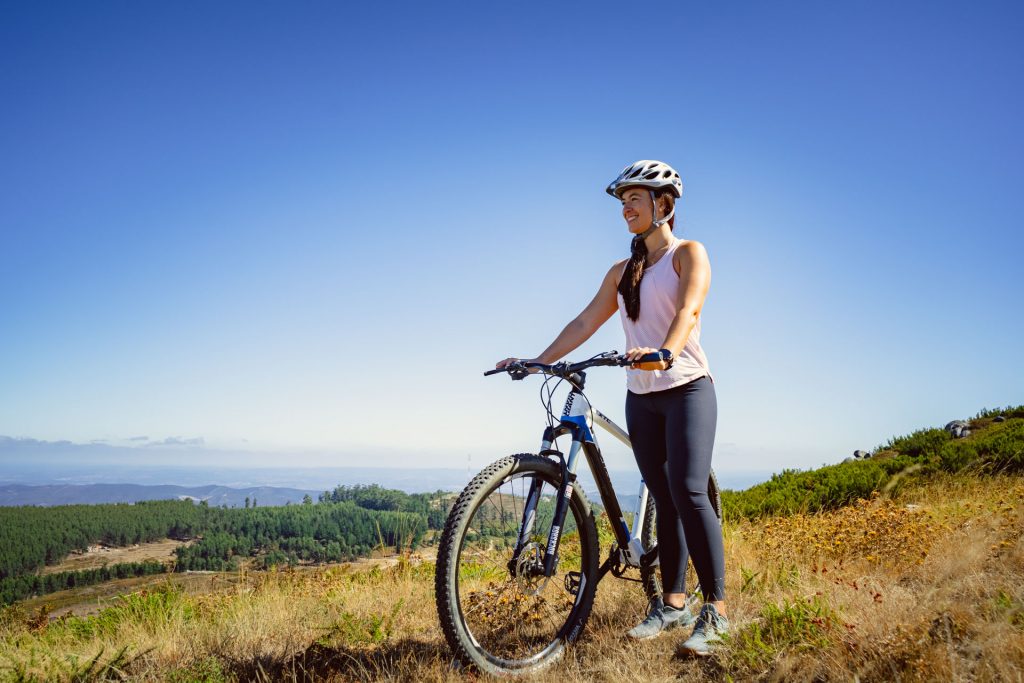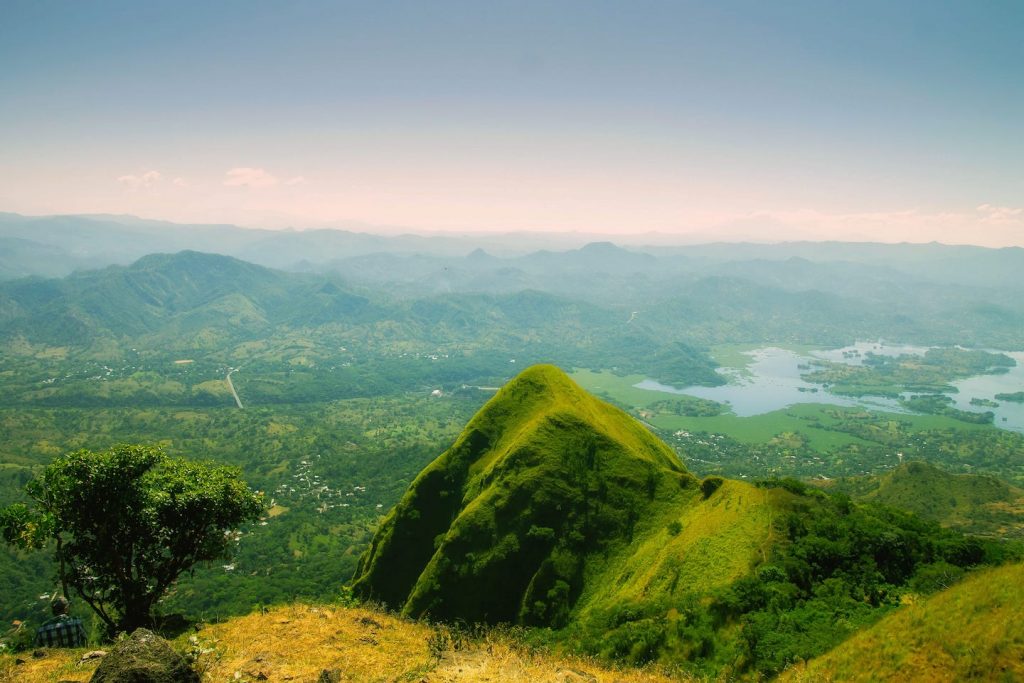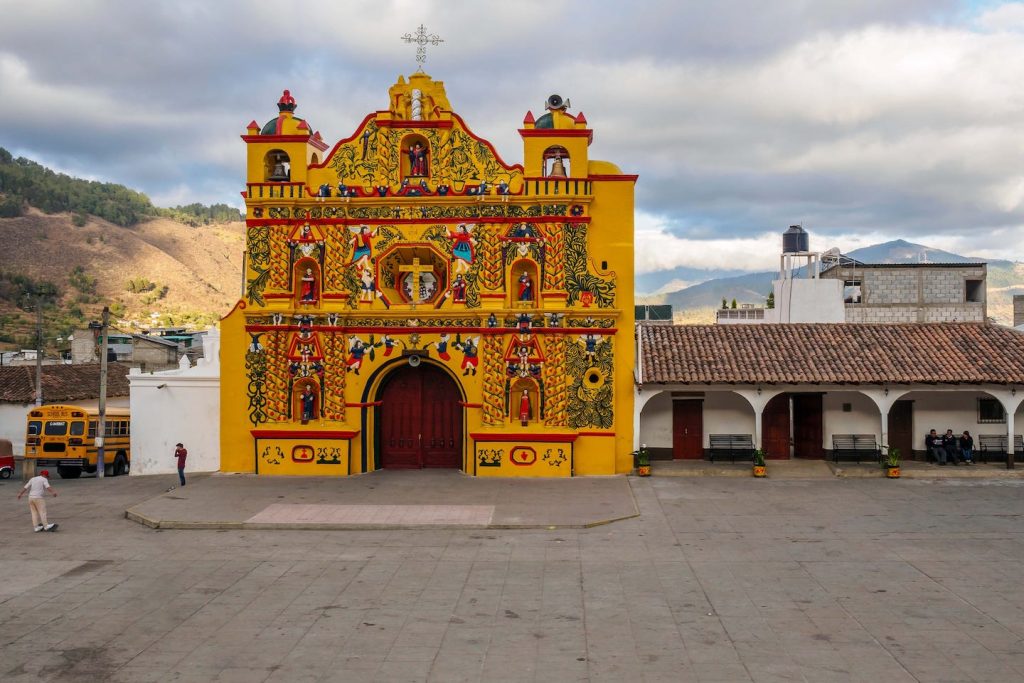Bicycle Diaries: One woman’s solo cycle from London to Tehran: Stage 3
My final stop in France is Chamonix. Rather than the oasis of peace I am hoping for, however, it turns out to be a throbbing Disneyland of designer tourists and overpriced tat. It is also bucketing with rain, so I swiftly escape to a nearby campsite to spend a soggy night under canvas. The next morning, it’s with no small relief that I’m forced to jump on a train to Milan: my only escape route to Italy, as the Mont Blanc tunnel is closed to cyclists.
In Milan, I realise I am feeling strong for the first time. After a short break filled with good food, deep sleep and a newly configured bike that shifts my weight from hands to rump, I have the sensation of a corner being turned. I am no longer a complete bike touring amateur, I think exultantly. I’m no longer a Ramsbottom United or Ossett Albion. I’m a Bromley or Kidderminster Harriers – at least. Maybe even a Grimsby Town.
I don’t stay in the city for long, however. I find I am developing an aversion to crowds, which now ooze and blister about me with cloying regularity. So instead I journey east, through Vaprio D’Adda, Lake Iseo and Desenzano del Garda. The Italian countryside is not as pretty or relentless as France, but the roads are (mainly) flat, and laden with friendly cyclists. Particularly prevalent are swarms of spandex-clad old goats, their nuts and buns hoisted with wishful elasticity. When does that moment come when such attire seems appropriate, I wonder? Is it a gradual constriction over time or do these men wake up on their 70th birthdays and find their shorts suddenly shrunken to half their former size?
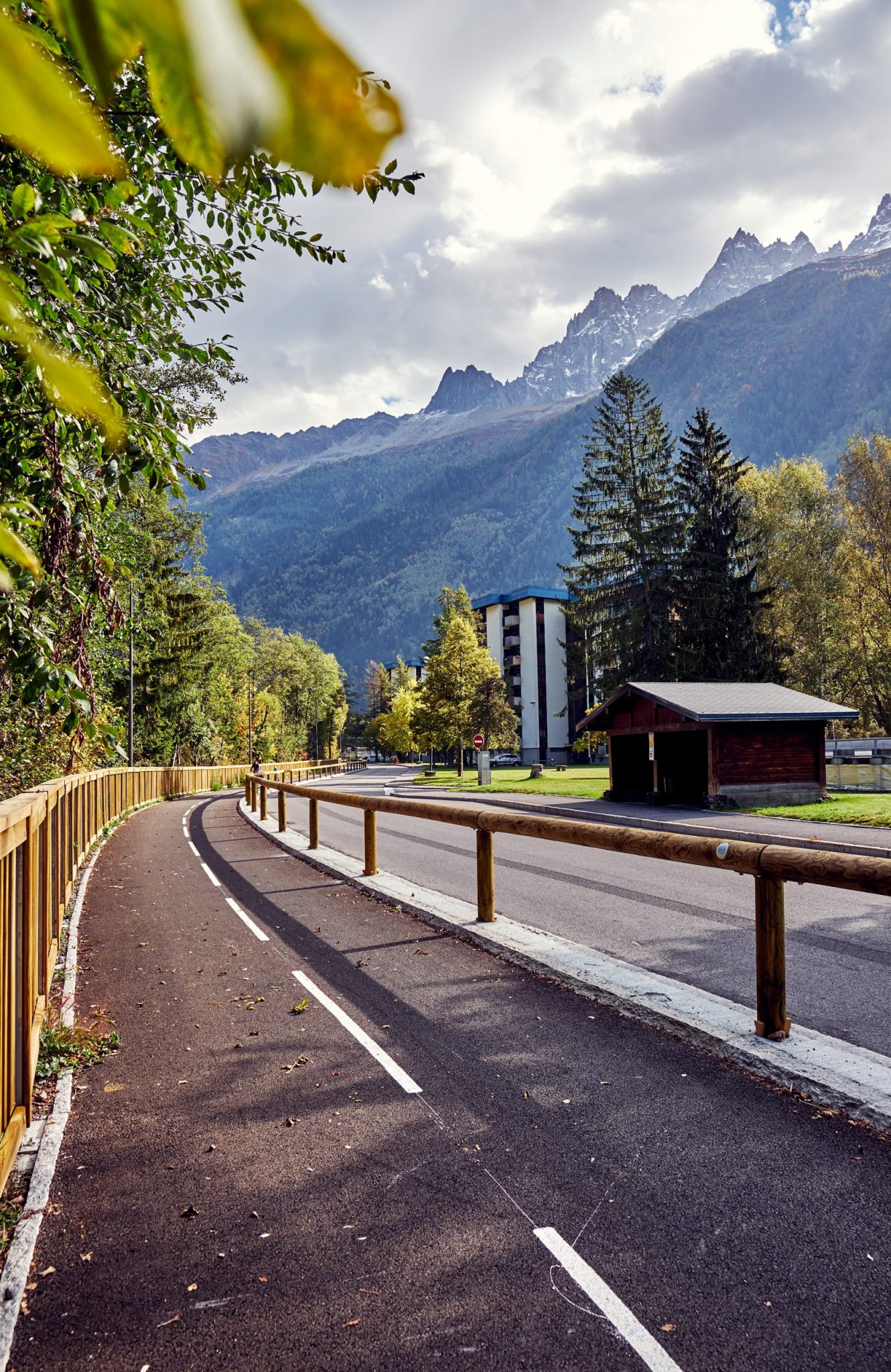
Accompanying me are all the ingredients of a glutton’s paradise: Prosecco, pizza and pasta, plus a dangerous array of excellent cheap local wine. Lugana, made from the Turbiana grape, is ever-suppable, while the Soave Classico Superiore is pure silk. Such ‘superior’ wines, I am told, have to pass a multitude of stringent tests, covering grape ripeness, barrel maturation and production standards, so the moniker is hard-earned.
Understanding how much Prosecco and pizza I can consume while still remaining upright in the saddle is an important lesson I learn early on. In fact, every day is a learning curve. I have learnt, for example, never to put loose cartons of milk in my panniers. Or loose bananas in my bar bag. Or wear my clip-on security alarm to the loo, where it is at risk of falling into the toilet and going off for ten minutes, attracting the frenzied attentions of half a dozen restaurant staff and an off-duty policemen.
Most importantly, I have learnt that you can never have too many wet-wipes. And if I don’t take anything else away from this trip, that alone will be enough.
After two days on the road, I arrive at the beautifully serene Lake Garda, and I’m delighted to find a camping spot right on the water’s edge. Here I meet my first solo female cyclist, a charming 50-something Belgian who is on her way to Rome by electric bicycle. The hardest part was telling her mother, she says, who begged her not to go and forced her to write a blog. It all sounds oddly familiar. If anything is universal in this world, maternal angst is surely it.
Having met no lone women bummelers until now, two then come along at once. I meet the second en route to Verona: a 20-something cardiovascular surgeon from Munich, who has spent the past week biking in the Alps. ‘It can be tough,’ she says. ‘There’s not a lot of women doing this kind of thing.’ No, I say – though I happen to have just met two of them. Perhaps there are more lurking in the shadows, waiting to be smoked into the open?
My next stop is Verona. It’s clearly a beautiful city, but in August its charms are choked at source by crowds of selfie-snapping feeders. Many are British, and reflected in them I see myself, swarming and pestilent, like some kind of grotesque fairground hall of mirrors. So I stay only one night before moving on, bypassing Padua for the countryside. Following a little stream, I cycle until the buildings fall away and sun starts to set, and settle in the centre of a soft, spongy wheat field. It turns out to be the best night’s sleep I’ve had – as well as one of the loveliest mornings, as I awake to a glistening meadow of sun-kissed dew.
The road to Venice is perfectly flat and punctuated by a series of featureless villages. There seem to be a lot of them about in Italy, as if they’ve poured all their beauty into their chief attractions, with none left over for the parts in-between. The entrance to the city is particularly gruesome. A huge, convoluted intersection leads onto a vast 2.5-mile bridge, where the walkway ends suddenly at a gnarly knot of roadworks, spitting you into the path of speeding cars.
The worst thing about this experience was that it turns out to have been completely unnecessary. Unable to lift my bike without assistance, I am as useless as a Dalek when it comes to staircases, and when I arrive, staircases surround me on all sides. I am stuck fast, and begin to wonder if I’m destined to remain rotting here forever like that randy, choleric old pederast from Death in Venice (this being my only cultural reference point for the city, other than Don’t Look Now, the 1970s Gothic horror film with graphic sex and a psychopathic dwarf — both of which would considerably liven up my trip).
In the end, I decide instead to brave the bridge again and return to a campsite on the mainland. Later, I return by bus to explore. I am excited to be in one of the world’s most beautiful cities, but the crowds again prove oppressive. And I am not the only one to think so. ‘Everything is tourist, tourist, tourist,’ a cafe owner tells me. ‘Prices are crazy. My brother earns more than €100,000 as a gondolier, but even he can’t afford it.’
Much like the cholera-ridden water of Death in Venice (to labour a theme), tourists are clearly both the lifeblood and death knell of the city. They provide the income, but also suffocate local industry. Even vaporettos (water taxis) are now reportedly imported from Greece. As a consequence, the place is emptying fast, its permanent population dipping below 60,000 in 2009. Without serious intervention, this former great trading hub is clearly at risk of becoming a faded fresco; a lifeless shell of commoditised beauty and romance plucked from the shelf. It’s a sad state of affairs, and I console myself with a delicious pizza and glass of Valdobbiadene Prosecco Superiore – the finest of the sparkling wines, made exclusively in the Treviso province of Veneto.
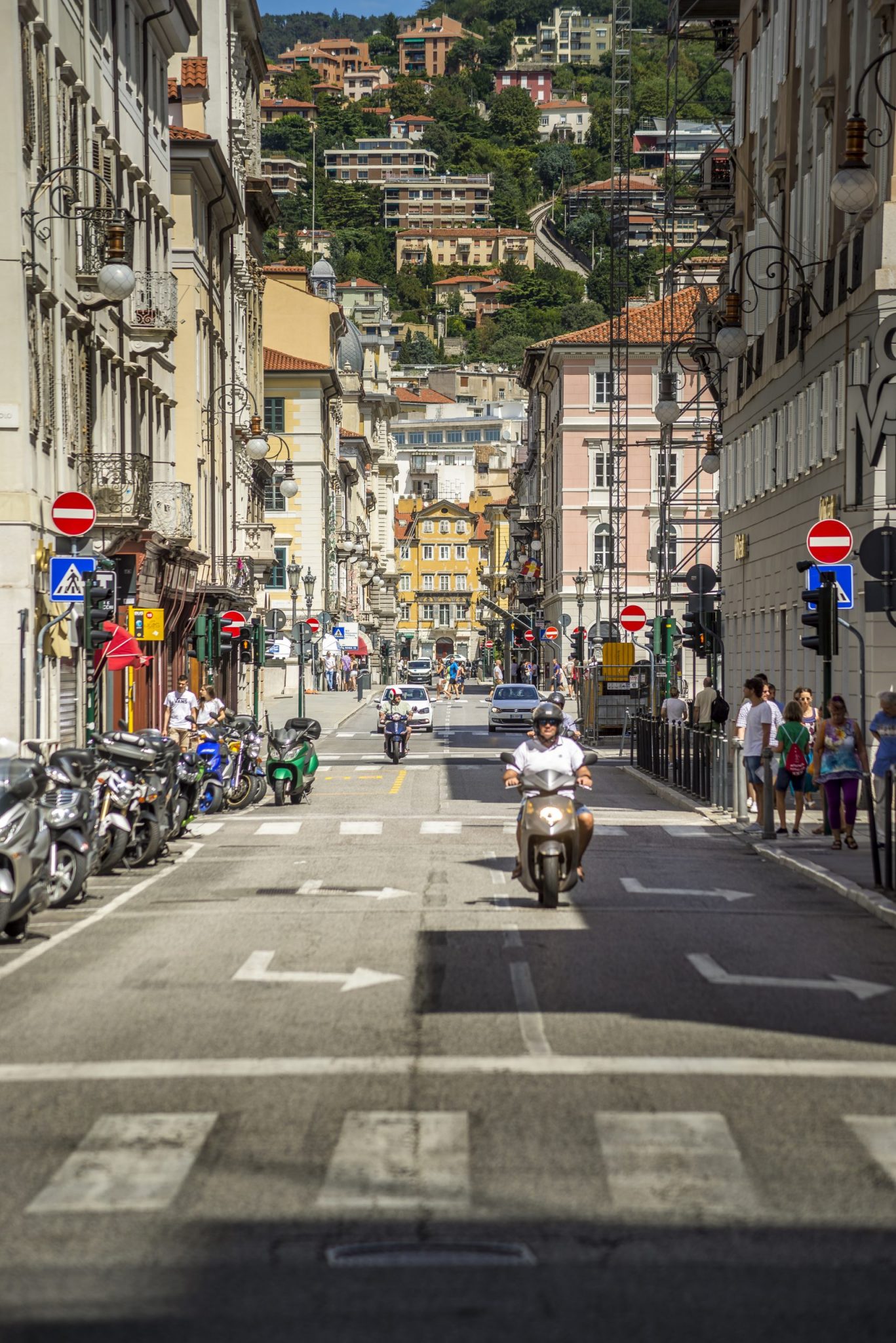
My final stop in Italy is Trieste. It’s a fairly easy cycle, and when I’m three miles away I text my hosts to say I’ll be on time. And I would have been – had it not been for the small matter of the Scala Santa.
The Scala Santa, in a nutshell, is 1.5 miles of hell. Its average gradient is reportedly 16%, but frequently surpasses 25%. Small cars avoid it. Motorcyclists think twice. Rock climbers perish. Unfortunately, at the start I know none of this, and start up it with mindless, naive optimism. This lasts about four minutes – perhaps a little less. And then I start pushing. And pushing. And pushing. And sweating. And swearing. And despairing.
Every ten steps I stop, gasping for breath, my full weight needed to keep the bike at a standstill. At times, I feel amazed I remain attached to the slope, rather than tumbling to the bottom by sheer force of gravity. At one such moment, I meet a wiry old walnut of a man zipping down on his bike and we stop for a chat. ‘Yes, it’s a hard climb,’ he says helpfully. ‘It’s probably not the best way to come on a bike.’
An hour later, nearing death, I finally heave my clammy carcass to the top – and run straight into Neil, my host, who has come on his motorbike to find me. ‘I’m so sorry!’ he says, distraught. ‘I’ve been meaning to tell people about that hill.’
Neil, his American wife and two daughters are the perfect hosts. I learn about the wild boar, plentiful and aggressive, and Aperol Spritz, the Italian cocktail made from oranges, rhubarb, gentian root and fizz. I learn about the local Osmizza, when people sell their own food and drink tax free for eight days of the year, and the local dialect, Triestine, which is markedly different from Italian and often spoken to non-Triestines to emphasise their outsider status.
I also learn the expat view of Italians. They are style-obsessed, I am told, and highly conformist. Wardrobes transform between summer and winter, and few deviate from the code: light shoes in summer, dark in winter; a thin piumino in summer, a thick one in summer. Summer ends on September 15th, no matter what. And draughts are to be avoided, for health reasons.
I could stay in Trieste much longer, but know I must push on. So as August draws to a close, I head off towards Slovenia: my first stop in what transpires to be a fascinating tour of the Balkans.











